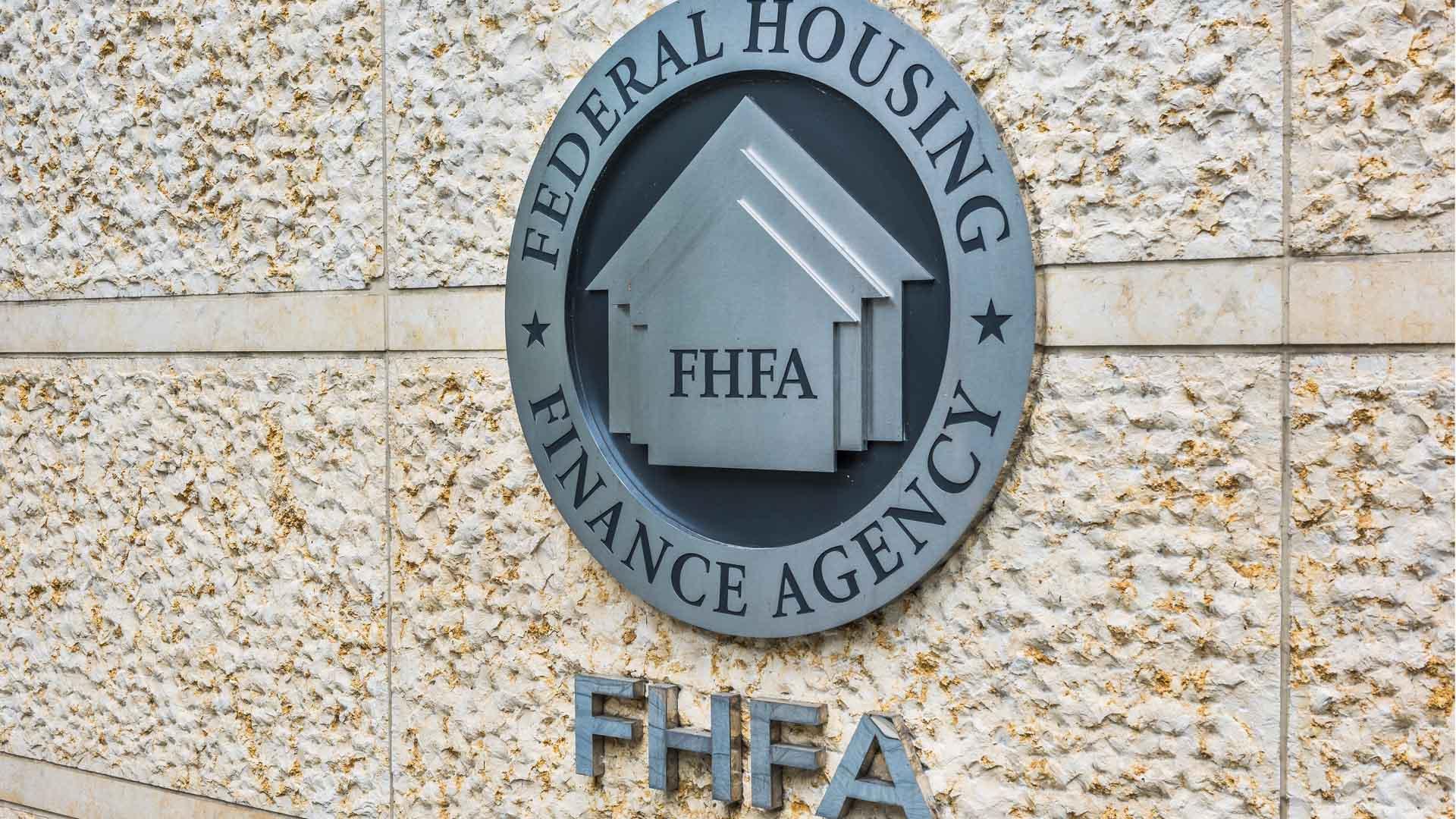It has been more than a thousand years that, gold stood for wealth and stability, and also became a primary factor of many economies even before the existence of coins and much later banknotes. Now, however, in an age of technology advancement where the internet has made way for blockchain and crypto-currencies, the very landscape in which value is understood, traded, and stored has undergone seismic shifts. One of the most interesting trends in the last years has been the emergence of gold tokenization– this is the development where physical gold is converted into a digital token that appears on a blockchain. Such an inventive solution allows integration of the age-old phenomenon of gold and contemporary digital money, thus presenting both prospects and problems.
This blog will analyze the merits and demerits of gold tokenization in detail and discuss what it means for the investors, financial systems, and the economy at large.
What is Gold Tokenization?
It is important to establish first what the expression 'gold tokenization' means as there is no point in analyzing the outcomes first. Gold tokenization is, by and large, the process of creating digital tokens on a blockchain to signify ownership of a certain quantity of physical gold. The tokens are supported by the respective amounts of gold stored in vaults and each token corresponds to a specific weight of gold, like 1 gr, 1 oz.
These tokens can be sent, exchanged or stored in a similar way as cryptocurrencies where the gold reserves are used to back the value of the token. Gold tokenization brings together the most important aspects of both the physical assets and digital currencies. The former is the stability and the inherent worth of gold, while the latter, is the use of the fast, secure, and easy to access block chain system.
The Pros of Gold Tokenization
1. Liquidity and Accessibility
The enhancement of liquidity and accessibility is one of the primary benefits accompanying the gold tokenization. Conventional modes of investing in gold, for instance buying bullion or coins, usually come with logistical complications. They worry about how to keep, secure, and physically move such gold. Besides, the processes involved in trading actual gold are long and frustrating with regard to settling trades.
Yet another aspect is the fact that gold tokens make it simple for investors to buy or sell gold in seconds using digital exchanges; with a simple click of a button, gold tokens can be traded in or out instantly. Investors can buy or sell even the tiniest fractions of gold, thanks to tokenization, accessible at the most minimal amounts possible. Because gold can be easily tokenized, the same global coverage and liquidity it offers gold opens doors for small scale investors who would not have been able to invest in gold.
2. Lower Transaction Costs
The reduction of transaction costs is yet another major advantage associated with gold tokenization. Typically, an extensive network of brokers, vaults, and insurance companies is involved in the process of traditional gold trading. These intermediaries impose various charges, which, especially, for low-value, frequent turnarounds do tend to climb significantly.
Due to the technology's inherent decentralization, the blockchain makes it possible to make transactions directly between users without the need to go through a central authority. This reduction of middlemen has a direct effect on the fees imposed and hence investors of both long and short duration can find it economical to utilize the technology in gold tokenization.
3. Transparency and Security
Gold tokenization services give a fresh perspective on ownership and trade in gold by promoting transparency. Every activity in a blockchain system is recorded in an open, unchangeable ledger. This makes sure that all changes in ownership can be seen and tracked. This is not the case with conventional gold markets, which are often prone to high levels of darkness and unresponsiveness to audits.
In addition, this technology is based on secure principles that are unbreakable and which protect transactional activities from the criminals. Investors can trust digital wallets to hold their tokens without fear of loss and tokens holders are able to ascertain the existence of the gold backing those tokens through an on the blockchain reserves proof, thus increasing confidence in the system.
4. Fractional Ownership
The concept of gold tokenization has made it possible for fractional ownership of the yellow metal whereby inverstors can buy pieces of gold instead of whole bars or coins which they would have had to before. This makes the investment in gold a better alternative for most people including those who cannot afford to buy large amounts of physical gold, which is usually the case.
The introduction of fractional ownership also draws the possibility of incorporating the yellow metal even in everyday use. To illustrate, gold tokens could be introduced as a digital currency such that people can buy or sell goods and services using portions of gold instead of the normal money used.
5. Diversification and Portfolio Stability
For an extended period, gold has been regarded as a safe haven asset, mostly performing well during inflation or economic stress. Fractional ownership of gold allows the investors to seamlessly diversify their investments by adding a stable, inflation-proof commodity in their holdings. Unlike cryptocurrencies, which can be extremely unstable at times, physical gold has an intrinsic worth and a historical performance which is attractive to the risk-averse individuals.
The use of gold in conjunction with the digital trading platforms allows hedging risks associated with investment markets, while at the same time ensuring liquidity and availability of the golden products.
6. Global Trading Without Borders
Gold tokenization facilitates global trading without the complications of cross-border regulations and currency conversions. With blockchain-based tokens, investors can trade gold seamlessly across international markets, without worrying about exchange rates or restrictions imposed by different countries.
This has the potential to make gold a truly global currency, increasing its utility and appeal as a medium of exchange.
The Cons of Gold Tokenization
The benefits that come with gold tokenization are many, however, it comes with a few disadvantages. As excited as one may be about entering this niche market, there are a couple of cons worth considering.
1. The Risk of Regulation
Gold tokenization suffers from one of the pending threats which is the risk of policy and regulatory actions taken. Actually, the law governing cryptocurrencies and blockchain-driven assets is still maturing, and jurisdictions vary in their stance towards the regulation of these technologies.
Thus, for some regimes, gold tokenization might be considered as a securities market, where all actions are highly regulated. In other cases, such activities are treated as creating a value based on a commodity. Such a scenario can be especially difficult to work in for small players, especially new entrants, as well as investors. The absence of a global harmonization of regulatory practices also implies that projects involving tokenized gold will have difficulty growing internationally, even when there is demand for such a change.
2. Risks of Custody
Despite an improvement in security for digital transactions courtesy of the blockchain technology, there are needs for the physical gold that backs the tokens to still be kept in a fortified vault. This leads to a custody risk, which is the fear that such vaults may either lose the gold or mismanage it. In the extreme, it may also mean that there would be no ability to exchange the tokens for their worth in gold.
Investors in the gold tokens need to have faith in the gold reserves management organization in terms of reliability, security, and auditing control. Poor custodial services might harm the image of plausible confidence that gold backed tokens are a good investment.
3. Concerns of Centralization
Blockchain is generally decentralized, but this is not always the case with gold tokenization which often employs a third party to physically hold the gold reserves. This centralization is dangerous because it presents a single point of collapse; should the gold holding management fail, the entire scheme where tokens are issued against the management collapses and the tokens become worthless.
For some advocates of the blockchain concept, this dependence on vaults stands against the essence of what blockchain decentrilisation is intended for. Investors in the digital gold coins must weigh the advantages of engaging in digital gold transactions against the possible threat of having a third party custodian.
4. Market Dynamics and Price Kinetics
Putting money into gold is thought to be a safe idea. However, looking at the current market which seeks to sell tokenized assets, this confidence may not be entirely accurate because there will always be speculation and investor sentiment about base tokens. In addition to directly proportional variations to the inherent price of gold, the tokens prices may also be pegged to the activities in digital exchanges scaling up or reducing in value, and even the general health of the blockchain industry variably.
This means that while gold tokens are redeemed for a rather secure gold asset, such tokens ring-fence nervous money and may pose extreme risks especially in nascent economies.
5. Risk of Technology
The whole process of gold tokenization has a lot of dependence on the blockchain technology that enables it. People generally think of blockchain as being tamper proof and secure from risks but it also comes with issues like hacks, bugs and network problems. If there is a breach on a given blockchain that contains gold tokens, all the norms as to the valuation and usage of such tokens would change radically to their disadvantage.
At the same time, investors should remember that there may be a possibility of a situation where there are two two different versions of the same blockchain, thus creating problems with regard to the ownership of their tokenized gold assets.
6. Early Stages: Limited Adoption and Liquidity
Although the potential is promising, gold tokenization as a concept is fairly recent. Hence, adoption at present remains across the board limited, and liquidity could prove difficult in the early stages. There are markets for gold tokens that have been developed by some platforms, but the limited popularity may affect how useful they are at present.
It shall remain so until tokenized gold is embraced by a majority of exchanges, merchants, and institutional investors. Usability as a means for day-to-day transactions may still remain limited. In reality, investments in gold tokens may present challenges in terms of converting them into cash or using them for purposes, other than speculation.
To summarize:
Gold tokenization is an intriguing mix of the financial systems than incorporating gold in the investment and trading of modern technology. This is because it entails low transaction costs, high liquidity among other things. The mechanisms of buying gold on a fraction of the blockchain in essence brings about a major revolution in the financial system for billion markets in all for the investors world.
But gold tokenization has its downside as well. There are risks tied to regulation, custody and technology that must be factored in. Moreover, the gold tokens market is still quite premature and hence, those who will be the first to adopt its use may suffer from illiquid and volatile prices.
In the end, whether or not an investor gets involved with gold digitization is determined by one’s level of risk, comfort with technology and their faith in the pre-requisites of such a system being operationalized. With the passage of time, as the technology and the accompanying laws and policies improve gold tokenization may transform the way that value is exchanged and stored. Gold which is ever attractive, will marry perfectly with digital assets in this way.





